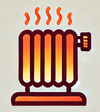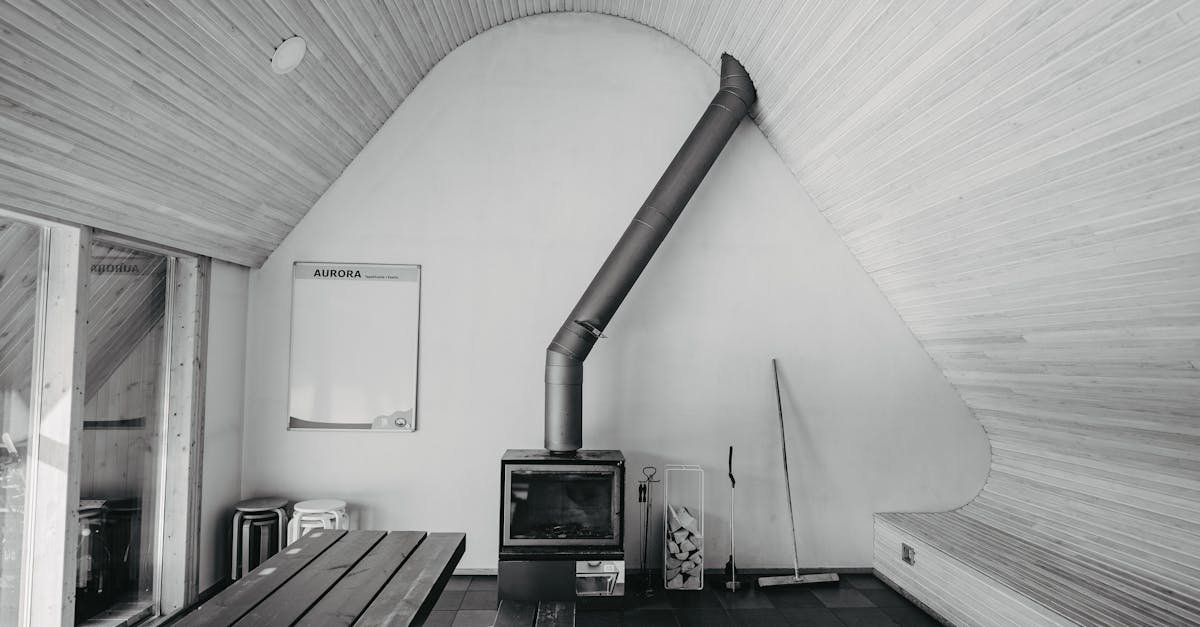If your smart thermostat isn’t working properly, the first step is to check the power supply and ensure it’s connected to Wi-Fi. Often, simple issues like dead batteries or a tripped circuit breaker can cause problems. If those aren’t the culprits, restarting the device or resetting it to factory settings might do the trick.
Next, verify the thermostat’s settings and ensure it’s programmed correctly. Sometimes, a minor glitch or incorrect setting can lead to unexpected behavior. If you’re still facing issues after these checks, it may be time to consult the manufacturer’s troubleshooting guide or reach out to customer support for further assistance. With a few quick steps, you can get your smart thermostat back on track and your home comfortable again.
Common Smart Thermostat Issues
Smart thermostats often face issues that affect their performance. Understanding these common problems helps you troubleshoot effectively.
Connection Problems
Connection issues commonly arise with smart thermostats. First, check your Wi-Fi. Connect another device to confirm it works. If the Wi-Fi isn’t functioning, contact your internet service provider.
Next, ensure you entered the correct Wi-Fi password on your thermostat. If unsure, re-enter it as per the manufacturer’s instructions.
Also, verify the Wi-Fi signal strength near your thermostat. Access thermostat settings to check for signal quality. Weak signals or interference from other devices can disrupt connectivity.
Temperature Inaccuracies
Temperature inaccuracies can lead to discomfort in your home. Confirm the thermostat is placed away from direct sunlight or drafts. Such conditions can cause fluctuations in readings.
Next, check for proper calibration. Some thermostats allow you to adjust temperature settings. Ensure it’s aligned with actual room temperature.
Finally, verify any recent changes in your heating or cooling system. New installations or modifications may affect how the thermostat operates. Always consult the manufacturer’s guide for specific calibration instructions.
Basic Troubleshooting Steps
Troubleshooting your smart thermostat starts with a few basic steps. These actions can help resolve common issues.
Checking Power Supply
First, check the power supply. Confirm that the thermostat is connected to the electrical system. If it runs on batteries, replace them with fresh ones. Look at the circuit breaker. A tripped breaker can shut off power to the device. If power issues persist, examine the installation. Ensure the thermostat is wired correctly to the system.
Resetting the Thermostat
Next, resetting the thermostat often solves glitches. Locate the reset button; it’s usually at the back or bottom of the device. Press it and follow any on-screen instructions. If your thermostat connects to an app, consider resetting it using the app as well. You might have to delete the device and add it again. This can refresh its settings and restore normal functions.
Advanced Troubleshooting Techniques
Smart thermostats benefit from advanced troubleshooting methods to enhance performance. Applying these techniques can resolve common issues quickly.
Firmware Updates
Check for firmware updates regularly. Updates improve functionality and fix bugs. You can often find available updates in the thermostat’s app or settings menu. Ensure your device stays connected to Wi-Fi for updates to install correctly. Follow the on-screen instructions for each update, and allow sufficient time for installation. Restart the thermostat afterward to optimize performance.
Sensor Calibration
Calibrate your thermostat sensors for accurate temperature readings. Place the thermostat away from drafts or direct sunlight. Use the manufacturer’s guidelines to adjust the reading if necessary. Some devices allow you to calibrate through their app, making it straightforward. Take note of any discrepancies in temperature readings. If your thermostat displays a consistent error, consult the user manual for specific calibration steps. Proper calibration ensures your home maintains a comfortable environment.
When to Call a Professional
Sometimes, smart thermostats face problems beyond simple fixes. Recognizing when to call a professional helps keep your system running smoothly.
Signs of Major Failures
- If you notice unusual noises coming from the thermostat, it may indicate internal issues. Sounds like grinding or excessive clicking suggest a problem.
- If the thermostat fails to respond to changes, whether in temperature or settings, it might signal a deeper malfunction. Constantly unresponsive devices require expert attention.
- If your heating or cooling system cycles frequently without a change in settings, it suggests potential hardware failures. Excessive cycling can cause wear on your system.
- If you see error codes that persist after troubleshooting, refer to the manufacturer’s documentation. Many codes point to significant issues that need professional diagnostics.
- Search for local HVAC professionals with expertise in smart thermostat systems. Look for technicians who specialize in or are certified for smart technology installations.
- Check online reviews and ratings from previous customers. Positive feedback reflects quality service and expertise.
- Verify credentials, such as licenses and insurance, to ensure the technician meets industry standards. This protects both you and your investment.
- Ask for recommendations from friends or family who have faced similar issues. Personal referrals often lead to reliable service.
By staying alert to major signs and finding qualified technicians, you can ensure your smart thermostat operates efficiently and effectively.
Conclusion
Troubleshooting your smart thermostat can seem daunting but addressing common issues can often restore its functionality. By checking the power supply and Wi-Fi connection you can eliminate many basic problems. Regularly updating the firmware and ensuring proper sensor calibration will help maintain accuracy.
If you encounter persistent issues or signs of major failures don’t hesitate to reach out for professional help. Finding a qualified technician can save you time and ensure your system runs efficiently. With these tips you can keep your smart thermostat in top shape and enjoy a comfortable home environment year-round.








